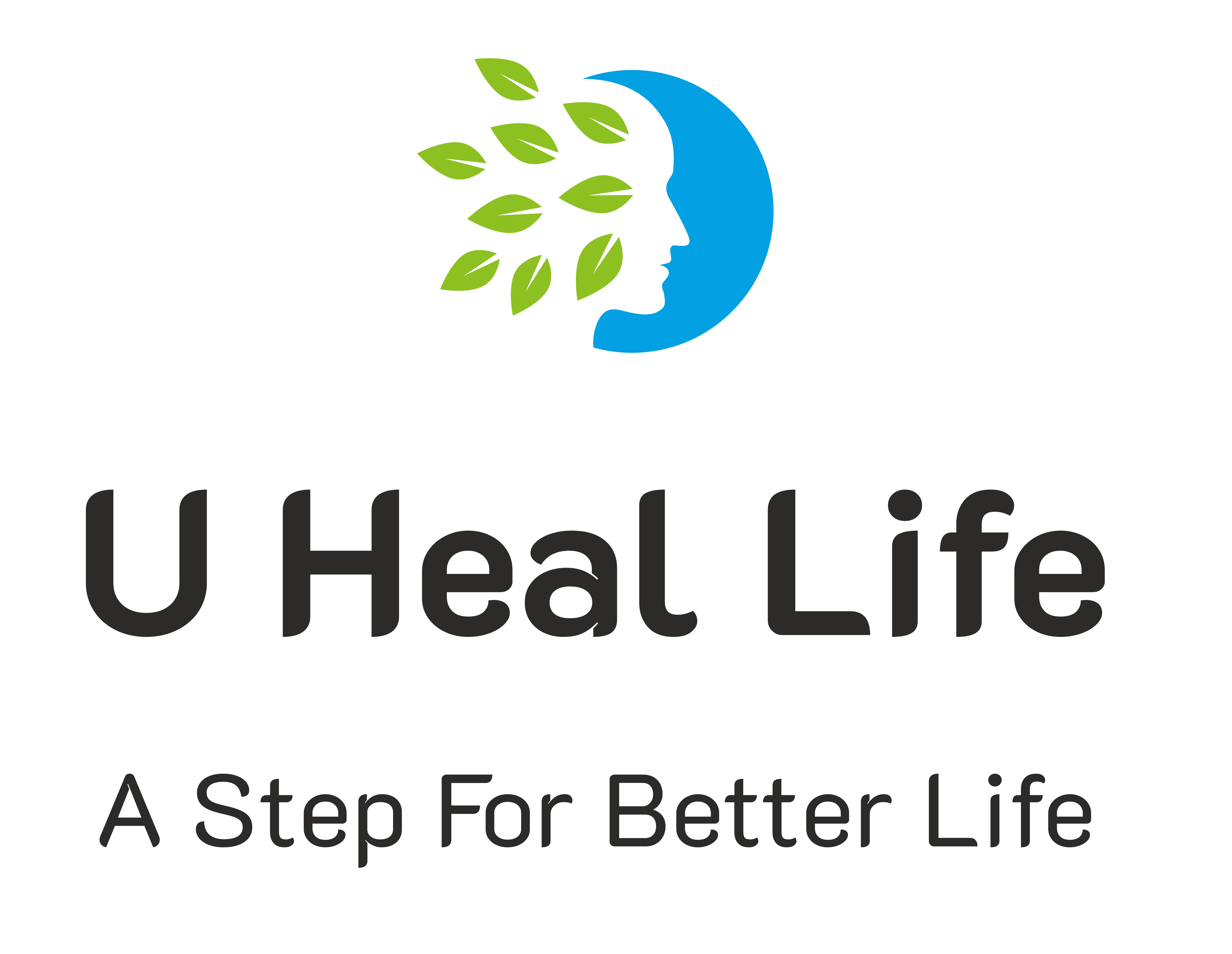Elderly Left Behind: How Funding Cuts Hurt Senior Mental Health Services
Introduction
Mental health is just as important in our later years as it is in youth, yet older adults are often overlooked in mental health discussions. As funding cuts continue to affect healthcare systems, senior mental health services are among the most vulnerable, leaving elderly individuals without essential care and support. This neglect is not just a healthcare oversight—it’s a looming public health crisis.
The Silent Struggle of Seniors
Mental health issues in older adults are common and growing:
- Up to 1 in 4 seniors experiences some form of mental illness, such as depression, anxiety, or dementia.
- Social isolation, grief, and chronic illness contribute heavily to their mental health decline.
- Elderly suicide rates are among the highest of any age group.
Despite the growing need, funding cuts to mental health programs mean fewer resources for diagnosis, treatment, and support for the aging population.
How Budget Cuts Are Affecting Senior Mental Health Services
When governments and health systems trim budgets, services tailored to older adults are often reduced or eliminated:
- Closure of geriatric psychiatric units
- Reduced access to therapy and support groups
- Limited transportation assistance for medical appointments
- Cuts to home visits and in-home counseling
These services are vital, especially for seniors who may have mobility issues or lack nearby family support.
The Hidden Impact on Communities and Families
Funding cuts don’t just affect seniors—they affect everyone around them:
- Family caregivers face more pressure without professional support.
- Hospitals and emergency rooms see more psychiatric crises among elderly patients.
- Long-term care facilities become overwhelmed, often without the training or staff to address mental health issues adequately.
This creates a domino effect, raising costs and reducing the quality of care across the board.
Seniors in Underserved Populations Are Hit Hardest
The funding shortfall is especially damaging for:
- Low-income elderly individuals who rely on Medicaid or public programs
- Rural seniors with fewer nearby mental health providers
- LGBTQ+ elders, who may already face stigma and isolation
- Minority communities, where mental health access has long been inequitable
These groups are often left behind entirely when services disappear due to budget constraints.
Why Senior Mental Health Services Matter
Investing in senior mental health is not only ethical—it’s cost-effective:
- Early intervention prevents more expensive care later
- Support for caregivers reduces hospital readmissions
- Healthier seniors contribute to stronger communities
In short, cutting services now means paying more later, both financially and socially.
What Needs to Change?
To protect elderly mental health, we must:
- Restore and increase funding for senior-focused mental health services
- Train more geriatric mental health professionals
- Expand telehealth access for isolated seniors
- Support aging-in-place programs with mental wellness components
- Raise awareness about mental health in aging populations
Conclusion
Seniors have contributed a lifetime of value to society. As they face mental health challenges, they deserve compassion, care, and respect—not abandonment due to budget constraints. Funding cuts must stop before they do irreversible harm to our elderly population and our shared sense of community.










